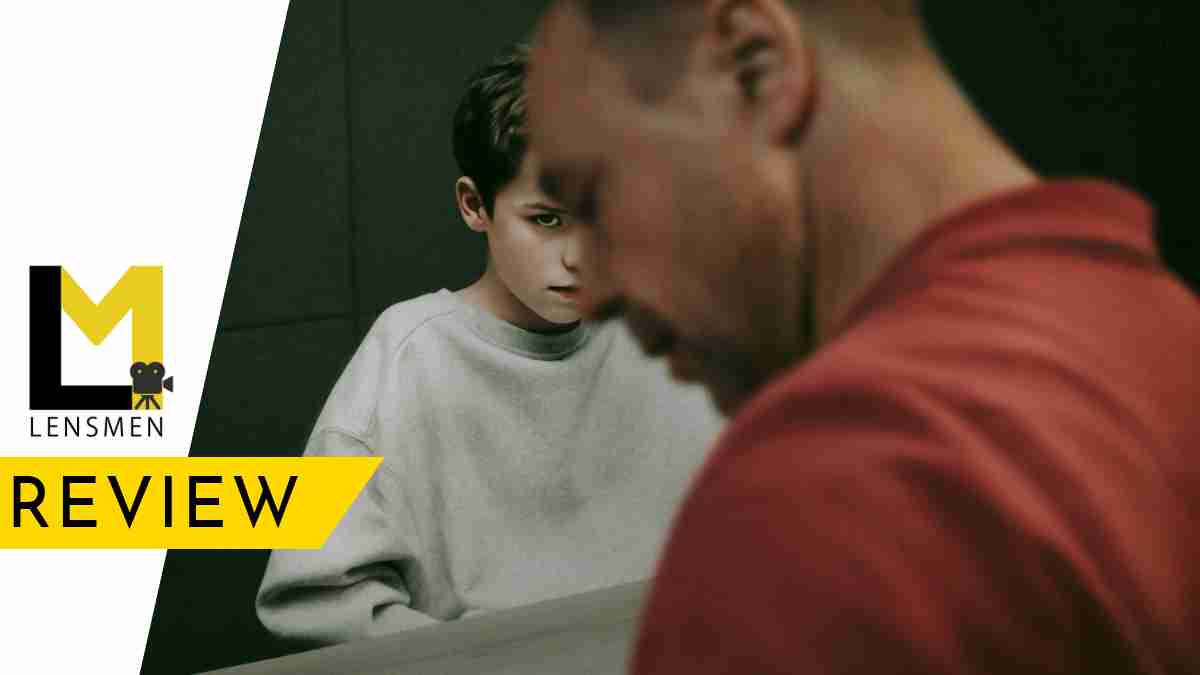I would say the timing of the release of the new Netflix mini-series Adolescence was just perfect for the people in Kerala. It comes at a time when we see news reports of criminal activities done by teenagers who are somewhat in their own realm of things. And if you look at the reaction of a good percentage of adults to these crimes, they all just want to punish these kids the way their parents used to punish them. If you are a parent of a teenager or a younger one, there is definitely a conundrum in your mind about how to crack this parenting thing at a time when every kid is glued to the internet. Adolescence is perhaps a series that can break your delusional bubble where you think that you are doing great.
So the story is happening in the UK, and we have police barging into a normal household with full power to arrest a 13-year-old boy named Jamie Miller, who is a suspect in the murder of his classmate. Police take him to the station, and his clueless family accompanies him. What we see here is how this case unfolds.
So this is not a whodunit thriller, and it is more of a character study that should evoke a conversation about various things, especially parenting. We live in a world where young kids, after a certain age, have access to all forms of technology, and the adolescent age is a phase where you get influenced by what’s happening around you. The physiological changes in you make you curious about a lot of stuff, and we all have gone through that phase. Through this series, Adolescence, writers Jack Thorne and Stephen Graham basically show us the ramifications of that phase if there is no guidance given to kids.
Recently, in Kerala, when a group of youngsters planned to kill another student, it sort of astonished everyone due to the kind of rage these kids had at such a young age. Adolescence may well be showing just 4 hours from a span of 13 months. But it really tries to take a deep dive into the grey. The screenplay is built in such a way that the characters are still in the clueless space, but the audience is given quite a lot of input to perhaps save the next batch from this manipulated manosphere culture.
Each episode is designated to address various aspects of this whole debate about what all things are influencing youngsters. In the first episode, where we see the procedural aspect of an arrest, the emphasis is more on the shock that such a thing could happen and also the kind of confidence Jamie has to claim that he didn’t do anything wrong. When it comes to the second episode, you sort of get an idea of how the school space has changed drastically, as those who bully have no sense of remorse even when they are confronted. The importance of communication in parenting and how oblivious parents are about the lingo and the world of this Insta generation is also getting addressed in that space.
When it comes to the third episode, the story prefers to be in a much more confined space, and I felt that was the episode that really shows us the mind space of Jamie and young boys like him. His adolescent thoughts about a lot of things are obviously relatable. But just like the shrink, we also feel that sigh of disbelief when we realize how young minds are getting manipulated at a time when they are seeking validation through likes and shares.
The final episode is perhaps the most relevant one in terms of a takeaway as an adult from this series. There are a lot of new-age parents who have gone through their share of childhood trauma because their parents abused them or ignored them. And in their effort to make sure that their kid won’t have to go through the same, they sort of forget the fact that their kids are not living in the same era and they have accessibility to a lot of stuff. The makers are ultimately showing the viewers the importance of the idea of a family being a safe and open space for kids.
Director Philip Barantini, who previously made a single-shot film named Boiling Point, collaborates with cinematographer Matthew Lewis once again, and this time also they have gone for the single-shot treatment. The thing is, it never becomes a gimmicky tactic. The script is not trying to encapsulate a lot of events happening at multiple points, and thus, this style of capturing everything in real time helps the series build intrigue, and it never really lets you pause the series. Since the episodes are all single-shots, there are no edits happening here. Looking at how the visual choreography of episodes shuttles between wides, closeups, and symmetrical two-shots, Hannah Christophe’s script editing may have contributed immensely to creating that rhythm.
As the central character, Jamie Miller, Owen Cooper delivers an exceptionally good performance. While we see just a vulnerable version of him in the first episode, the third one that has him and Erin Doherty was a space for him to showcase his full potential, and his transitions in that episode really encapsulate the mindset of a brainwashed young bloke. Stephen Graham, who played the part of Eddie Miller and who is also the co-creator of the series, is fantastic in his character. Similar to Owen Cooper, he also gets a solo episode to prove his acting prowess, and it was the last one. The very final moments of the series featuring him and Christine Tremarco are heartbreaking to watch. Ashley Walters, as the officer in charge of the investigation, adds the much-needed humane texture to DI Luke Bascombe.
It is indeed the effective emotional transitions and staging of events that make this drama an absorbing watch. But at the core of it, there is an extremely pertinent theme that deals with the idea of masculinity and how the existing idea is meddling with a lot of teenagers in their adolescent years. With just four episodes that have roughly a combined runtime of 4 hours, Adolescence has managed to access the broader picture of what the series itself calls “The Andrew Tate Shite.”
With just four episodes that have roughly a combined runtime of 4 hours, Adolescence has managed to access the broader picture of what the series itself calls "The Andrew Tate Shite."
Green: Recommended Content
Orange: The In-Between Ones
Red: Not Recommended


